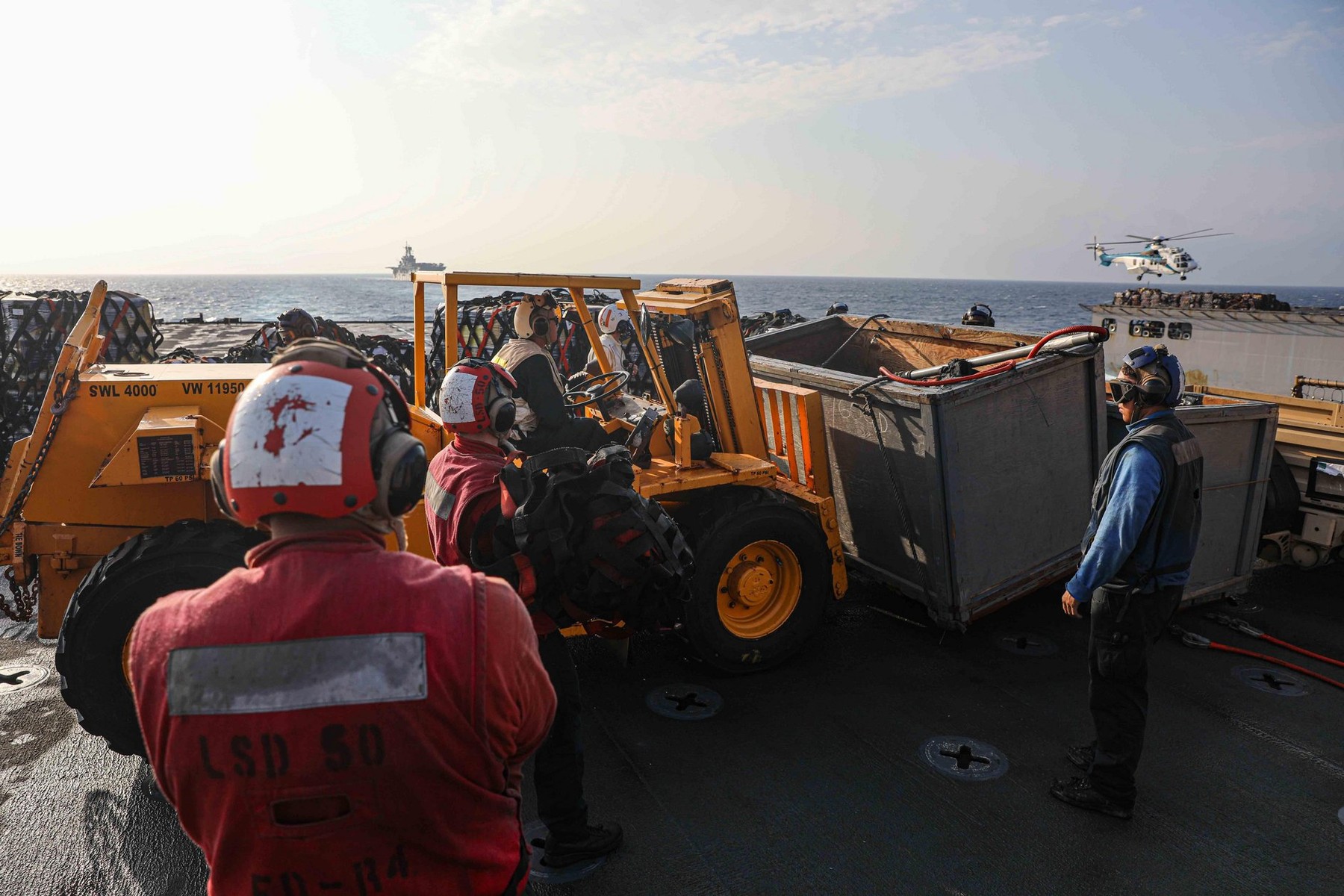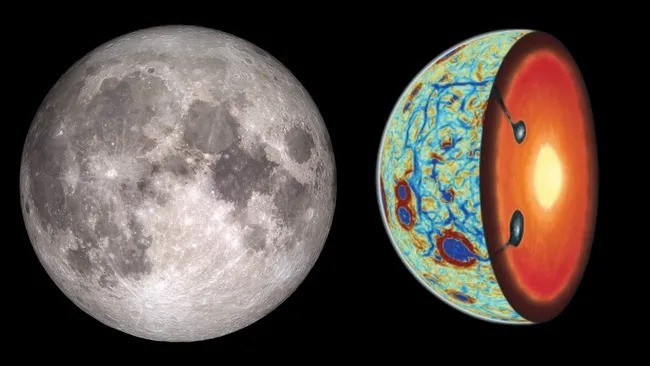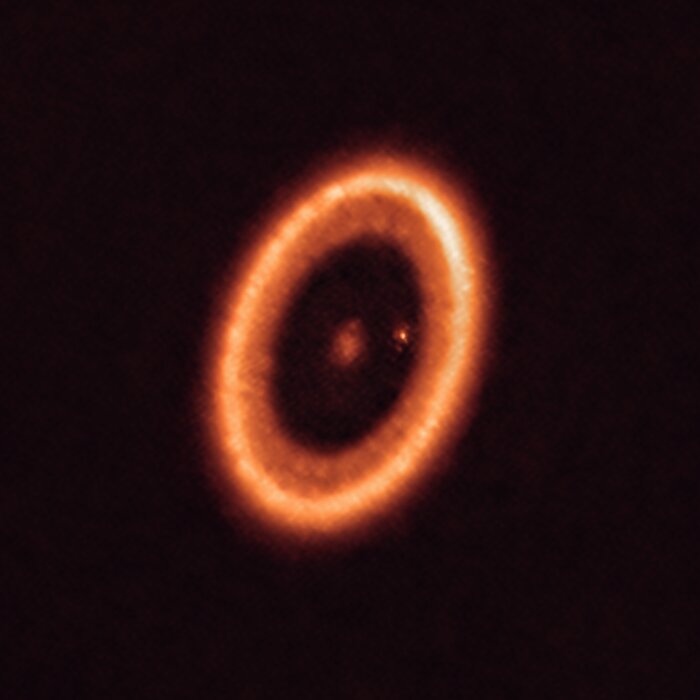Using the Atacama Large Millimeter/submillimeter Array (ALMA) Microwave Telescope Network in partnership with ESO, astronomers have been able to clearly reveal a disk of matter around an exoplanet. This observation may help researchers better understand the composition of the moons and planets that form in young star systems.
Myriam Benesti, a researcher at the University of Grenoble in France and the University of Chile, and lead author of a study detailing the findings in The Astrophysical Journal Letters, begins. Thanks to the exceptional accuracy of our recordings with ALMA, your disc is clearly marked around the planet. For the first time, we were able to measure the diameter of the disk.”
The formation in question is a planetary disk, surrounding a giant planet like Jupiter orbiting PDS 70c, a star about 400 light-years away. Astronomers previously suspected that this planet might have a “moon-forming” capture disk, but because they weren’t yet able to clearly distinguish between the disk and its surroundings, they couldn’t be sure of its existence yet.
Benisty and colleagues also showed from ALMA measurements that
The radius of the disk is roughly equal to the distance between the Sun and the Earth, and it contains enough material to make companions up to three moons in size.
However, the discovery is not only a key to a better understanding of the composition of the moons. The new observations are also very important in supporting our theories of planet formation, which we have not yet been able to test.” — Explains Jehan Bey, a fellow in the Earth and Planetary Research Laboratory at the Carnegie Institution for Scientific Research in the US, and co-author of the study.
Birth of planets and moons
Planets form in dust discs around stars. As it grows, it burrows into the disc along its path and grows through the material collected in this way. In the meantime, a young orb could also gain a disk around its planet. This helps the planet to grow by regulating the uptake of substances. Meanwhile, larger clumps of gas and dust can grow from the planet’s surrounding disk through ongoing collisions, which could eventually lead to the birth of moons. But astronomers do not yet know exactly this process. In short, it is not yet clear when and how the planets and moons will form. ” Stefano Facchini, an ESO researcher who was also involved in this work, explains.

To date, we have found more than 4,000 exoplanets, but all of them belong to an older system. The double planets PDS 70b and PDS 70c, similar to the pair of Jupiter and Saturn, are the only known exoplanets,” confirms Miriam Kepler, a researcher at the Max Planck Institute for Astronomy in Germany and co-author of the study.
Thus, this system provides special insight into the planetary and moon formation process.” Fakini adds.
The two planets in the system, PDS 70b and PDS 70c, were first observed using ESO’s Very Large Telescope (VLT) in 2018 and 2019, respectively. Because of their uniqueness, astronomers have since been able to photograph them with a number of binoculars and other instruments.

thief brother
Using ALMA’s latest high-resolution observations, researchers can learn more about this system.
In addition to confirming the presence of the capture disk around PDS 70c and measuring its size and weight, the astronomers also found that
No similar disc was observed around PDS 70b, which may be an indication that PDS 70c absorbed dust from its brother during planet formation.
The planetary system will be further studied by experts with the ESO Extra Large Telescope (ELT) already under construction in the Atacama Desert in Chile. Richard Teague of the Harvard and Smithsonian Institution’s Astrophysical Research Center, who is also a member of the research team that published the study, predicts.
Using ELT’s METIS Imaging and Spectrograph (METIS), the research team will be able to monitor the movement of gas around PDS 70c, giving them a complete three-dimensional picture of the planetary system.












































